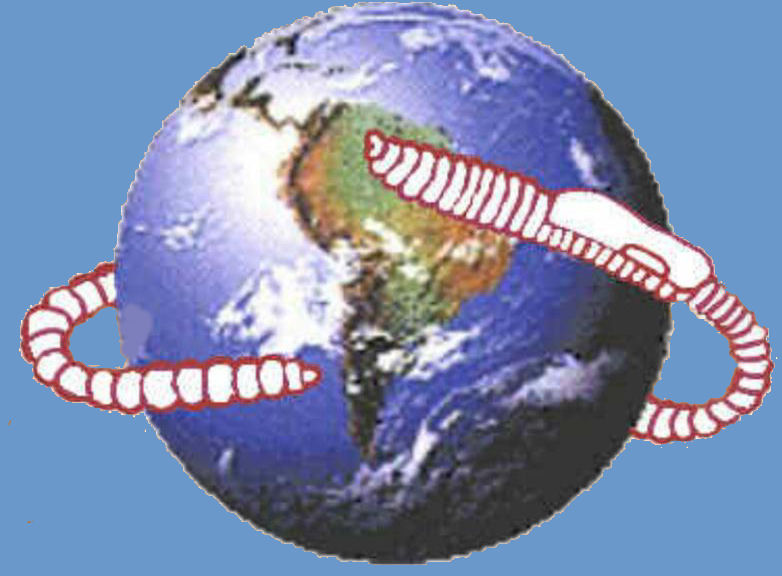
Invitation to participate in the
4th International Oligochaete Taxonomy Meeting
Oligochaeta (few-bristled worms) is an extremely important taxonomic group in aquatic and terrestrial ecosystems. The class Oligochaeta (phylum Annelida) was traditionally separated into Microdriles (small oligochaetes living in sea and fresh water and in wet soil) and Megadriles (often large oligochaetes, living mostly in terrestrial soil, a few are however semi-aquatic or aquatic). Though, one should keep in mind that nowadays Microdriles are considered as a paraphyletic assemblage whereas Megadriles are regarded as perhaps a monophyletic group.
In spite of their importance, oligochaeta did not receive during the 19th and 20th centuries the attention they deserve, probably due to their hidden mode of life, their inconspicuousness and unattractiveness as well as the agriculture and aquaculture over-reliability on fertilizers and pesticides in the last century.
To the layman the best known oligochaete group are earthworms that were one of the first animal group colonizing humus soils at the end of Palaeozoic (250 MYA), and Charles Darwin undeniably contributed to their fame with his famous book The Formation of Vegetable Mould through the Action of Worms with Observations on their Habits, which became a best-seller in that time. In contrast to other Oligochaeta, the important role of earthworms has been recognized from the dawn of human history till present. They were known, for millennia, as important factors of soil fertility and it is no coincidence that in 350 B.C.E. Aristotle in his Historia Animalium described them as 'earth's guts'. In fact, the number of casts was used as an estimator of soil fertility by tribesmen in the Sahara region as reported by Howard (1945). Earthworms have been also used in early medicine, as documented by Pliny the Elder (77) in his Natural History. Rather surprisingly, they have also been used as a model of scientific explanation of our world. For instance, Aristotle mentioned them as an example to support his - today rejected - theory of abiogenesis and believed — wrongly — that eels originated from earthworms.
In spite of the importance of oligochaetes, there are presently some serious deficiencies in the knowledge about their taxonomy, distribution, biology and ecology, in comparison with mammals, birds, lizards and other organismal groups. One way to bridge this gap is to bring together scientists working on the subject with the aim to speed up information about the progress in their work, exchange ideas and encourage them to cooperate. This is the basic idea behind the organization of the International Oligochaeta Taxonomy Meetings (IOTM). So far, three successful meetings took place. The 1st IOTM was organized by Ana G. Moreno in Madrid, Spain, and the 2nd IOTM was organized by Victor V. Pop in Cluj-Napoca, Romania, and the 3rd IOTM by Tomáš Pavlíček and Patricia Cardet in Platres, Cyprus. Traditionally, the meetings concentrate mainly on Oligochaete taxonomy and phylogeny, but also discuss different aspects from other scientific fields, e.g. earthworm ecology, faunistics and phylogeography as well as new methods of their study. The 4th International Oligochaete Taxonomy Meeting will continue in the best tradition of the previous three meetings and will take place at the Dicle University in Diyarbakır, Turkey, from April 20th to April 24th, 2009.
We wish all participants of the 4th IOTM an informative and fruitful stay in this so interesting and beautiful Upper Mesopotamia .
Dr Tomáš Pavlíček
Convenor of the 4th IOTM
